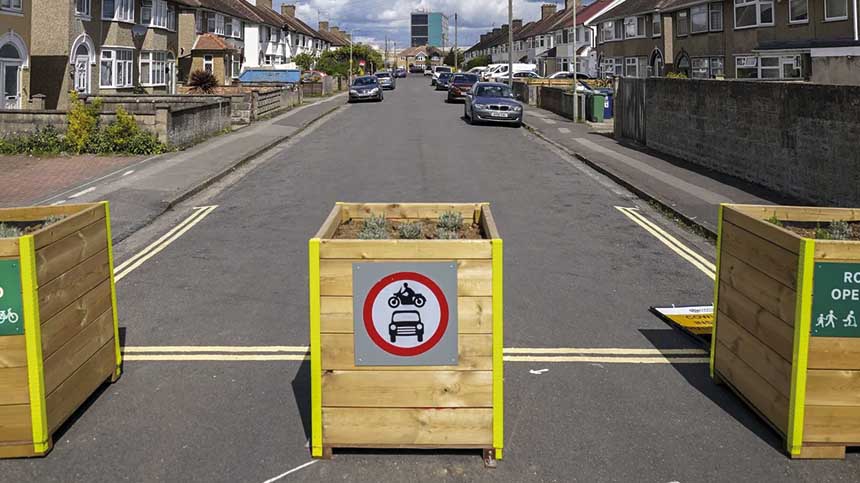Government passes LTN decisions to local authorities

Labour has said that the introduction of low-traffic neighbourhoods (LTN) with 20mph speed limits will be left to local authorities.
LTNs are intended to reduce traffic in residential streets, with 20mph speed limits designed to reduce the severity of injuries suffered in accidents.
To date they have been introduced in a number of England cities including London, Bristol, Birmingham, and Bournemouth.
Now Transport Secretary Louise Haigh has said the introduction of further schemes will be left to local authorities.
She said:
“Those kinds of decisions should absolutely be made at a local level by communities and not dictated to or stoked up by the centre. It all has to be done with communities, and the worst thing you can do is put the wrong schemes in because then it erodes that support and they can be unsafe in some circumstances.”
LTN
However, while welcoming the announcement, the RAC believes government should provide further guidance around LTNs.
Head of policy Simon Williams said: “Ultimately, local authorities are best placed to decide which roads are most suitable for 20mph limits, and where LTNs make the most sense. However, we think there’s a good argument for central government to provide councils with refreshed, crystal-clear guidance on the implementation of both, to avoid the sorts of problems that have cropped up in different parts of the country.
“For instance, LTNs should have strong community support and the impacts on users of motorised vehicles, especially those who need to drive for work, should be properly considered alongside all other road users. When it comes to 20mph limits, councils should ensure the roads chosen are really appropriate – for instance, those in heavily built-up areas or close to schools – and avoid chopping and changing guidance as we’ve seen happen in Wales.”








